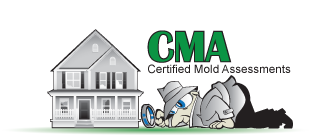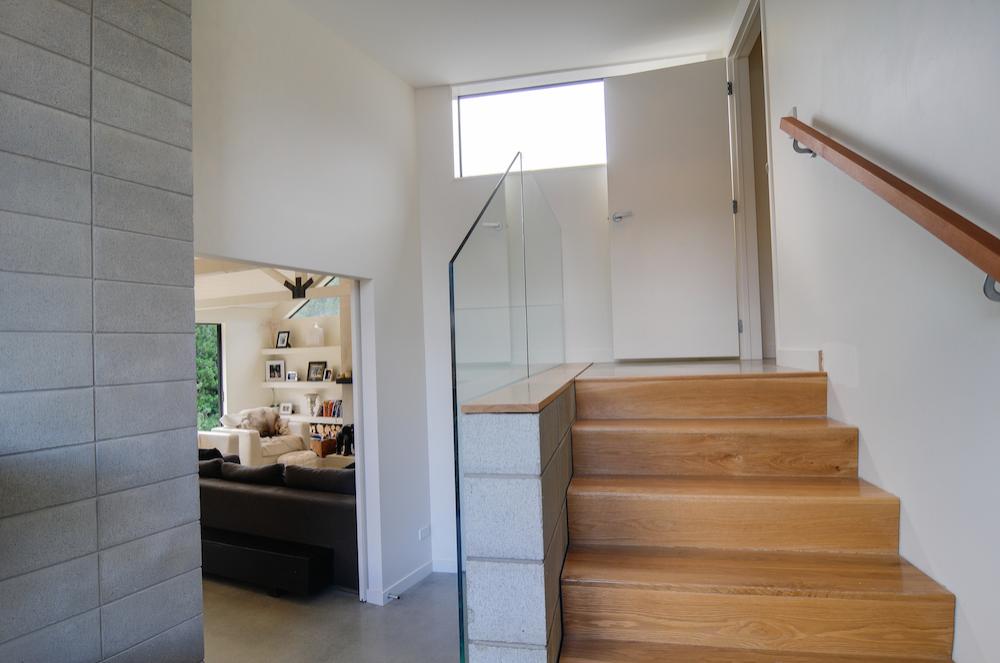 Mold is one of those things that people just don’t like. It looks unpleasant, smells unpleasant, and if you’ve ever accidentally tasted mold — well, you know that’s unpleasant too! Mold also has sneaky ways of growing and expanding, and people often discover it in unexpected places. It’s one of those “nasty surprises” you’d rather not deal with.
Mold is one of those things that people just don’t like. It looks unpleasant, smells unpleasant, and if you’ve ever accidentally tasted mold — well, you know that’s unpleasant too! Mold also has sneaky ways of growing and expanding, and people often discover it in unexpected places. It’s one of those “nasty surprises” you’d rather not deal with.
Once you learn that mold is more than just a “yucky” substance — that residential mold spores can actually lead to serious health and property issues — you want it out of your life even more. All you have to do is search Google images for “out of control mold problem” and you’ll see some things that will put you on high alert for the slightest sign of mold!
Here’s what we’re getting at: Many people have a significant aversion to mold, especially when they learn about the harmful effects of a long-term residential mold invasion. In fact, some people are so turned off by mold that they only want to know one thing: How do I make my home absolutely, positively, irrevocably mold-proof? How do I make sure that not a single mold spore is floating around in my home?
Asking these questions — and wanting a foolproof solution to the challenge of residential mold — is completely understandable. But people who are looking for this kind of solution are going to be disappointed when they learn the truth.
There is simply no way to eradicate mold completely.
For one thing, mold spores are microscopic. With professional help, it’s certainly possible to eradicate “problem areas” and “colonies” that have built up over time, creating a toxic level of exposure in your home. But there is no technology or method that can hunt down and eradicate every single mold spore in the air. It simply doesn’t exist.
The good news is that such a thing shouldn’t really exist. Mold is a natural part of the environment. It plays a central role in process of breaking down and decomposing biological matter. Without mold, biology as we know it would be seriously out of balance.
The problem is when mold collects and create colonies that continue to expand. This often takes place out of sight, behind walls, under floors, and deep within cluttered basements. The colony then seeks to expand throughout the area, leading to toxic levels of mold in the air. This is when health problems (particularly of a respiratory nature) kick in. This is also when mold can threaten the integrity of a property by infesting more and more of the materials used to build the house. There have been extreme cases where mold essentially wins the battle and the house is condemned. More frequently, professional mold remediation services are needed to remove the infestation.
But there are two important things to realize about this.
First, many areas have laws that require homeowners to disclose mold remediation efforts to real estate agents and potential buyers. In other words, if your home has ever been treated for mold, you have to be honest about it when you make a move to sell the house.
Second, mold spores will remain in the air after a mold remediation process. The difference is that mold will be at very low, safe, and non-toxic levels — the same as anywhere else. From there, avoiding future infestations (and rising levels of mold in the air) is a matter of effective mold prevention practices.
Our bodies are equipped to deal with very low levels of mold in the air, and mold serves a valuable purpose in nature. It’s only when mold grabs hold inside the home and expands that you have a problem on your hands. Luckily, there are reputable professionals out there who know how to solve it.

